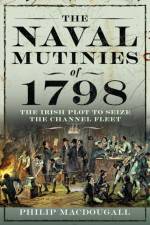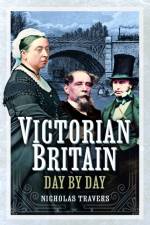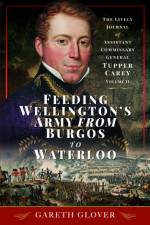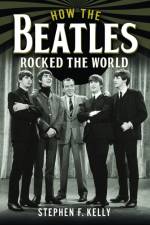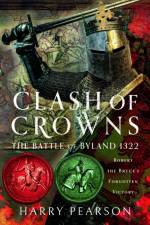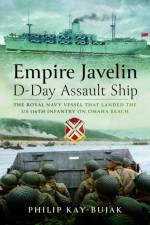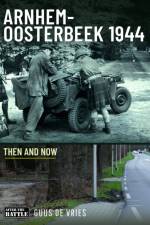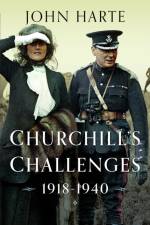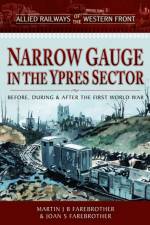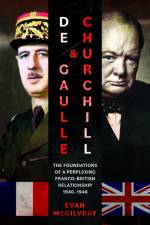av Allan Todd
321
Although Che Guevara was murdered almost sixty years ago, the famous red-and-black image of him is still widely seen around the world: at leftist political demonstrations and, ironically - given his strong opposition to capitalism - on many commercial products. However, he was a controversial figure during his lifetime - and remains so today. On both the political left and the political right, attitudes to him vary widely: while some see him as a romantic, highly-principled and legendary fighter for the worldâ¿s poor and exploited masses, others depict him either as an unrealistic and thus irrelevant adventurer, or even as a ruthless and cold-blooded butcher. Consequently, biographies about him over the decades have ranged from the overly sympathetic, to the extremely hostile. As well as covering aspects of his family life and his loves - and his early, sometimes less-than-revolutionary, attitudes - this biography, as expected, deals with those areas for which Che is best known. These include his adventurous explorations, as a young man on a motorbike, of Latin and Central America; his leadership and bravery during Cubaâ¿s Revolutionary War; his practical and theoretical contributions to the conduct of guerrilla warfare; and his emergence as an international revolutionary legend who inspired radical young people in the 1960s, and who continues to inspire rebellious people around the world today. However, this biography also explores other aspects of Cheâ¿s life which are not so well-known. From an early age, he developed a keen love of reading, covering an eclectic mix of adventure stories, poetry, history and philosophy - and, from his teens, he began a lifetime habit of making notes on what he read. He also became a strong chess player, able enough to draw with one of the worldâ¿s leading grandmasters. Even during guerrilla campaigns, he managed to maintain those loves. Since his murder, he has emerged as an original contributor to Marxist economics and philosophy. It was his wide-ranging studies that led him to become an outspoken opponent of the â¿orthodoxâ¿Â communism followed in the Soviet Union - and of its Cold War foreign policy of â¿peaceful coexistenceâ¿. His tolerance of, and willingness to work with, those having different views saw him accused of Maoism - and even Trotskyism. More accurately, Che has bequeathed the unique strand of revolutionary socialism known as â¿Guevarismâ¿.






